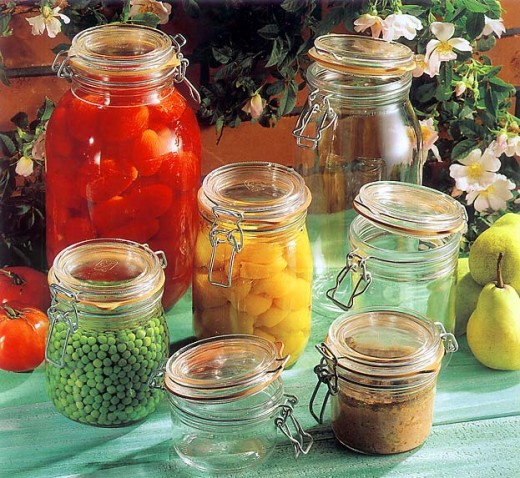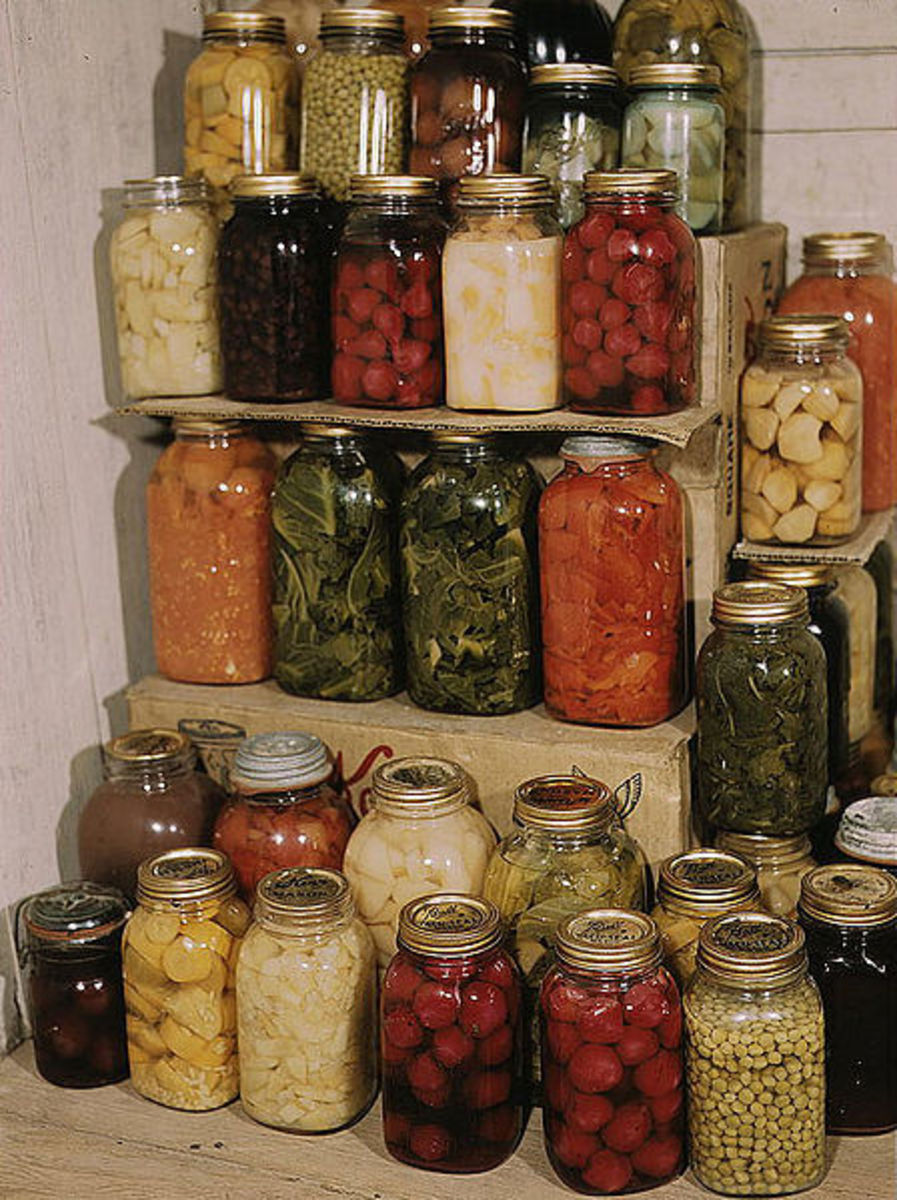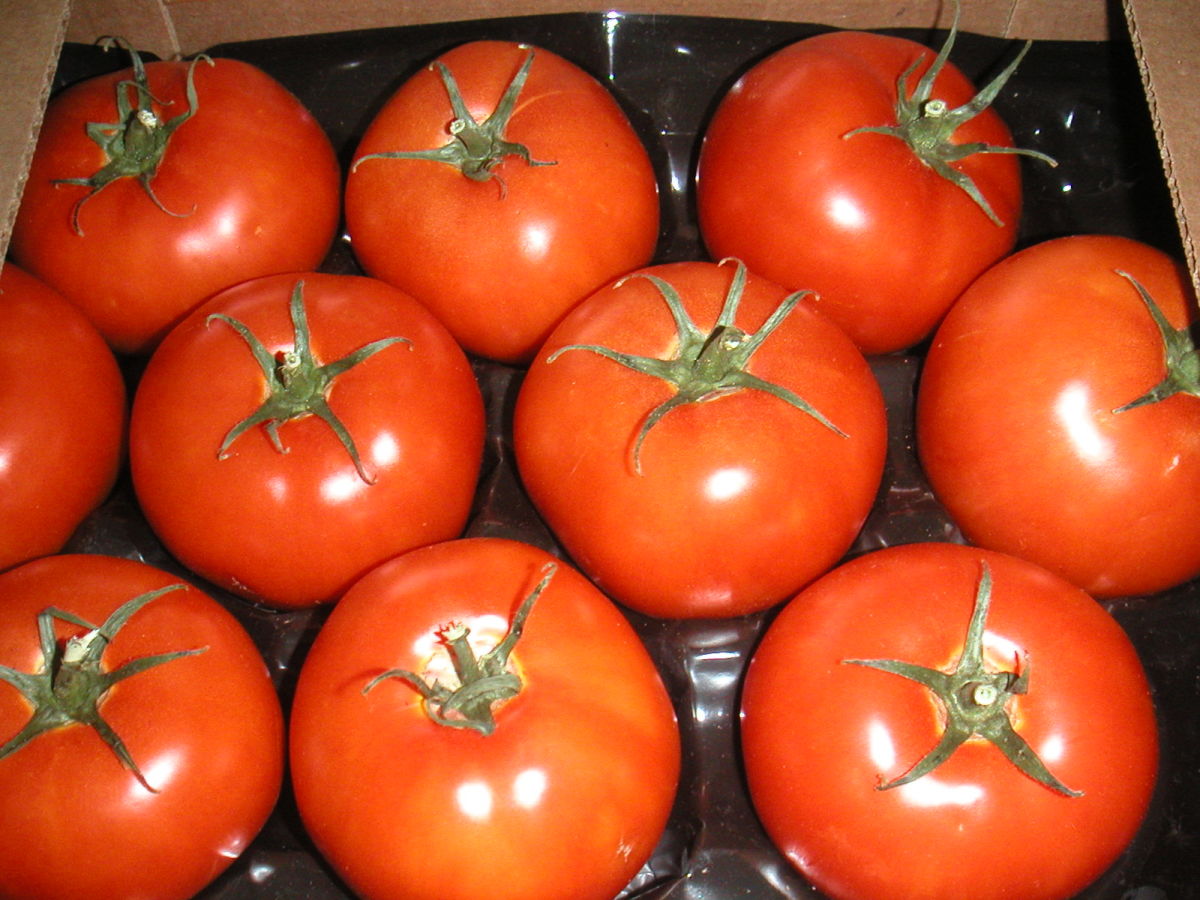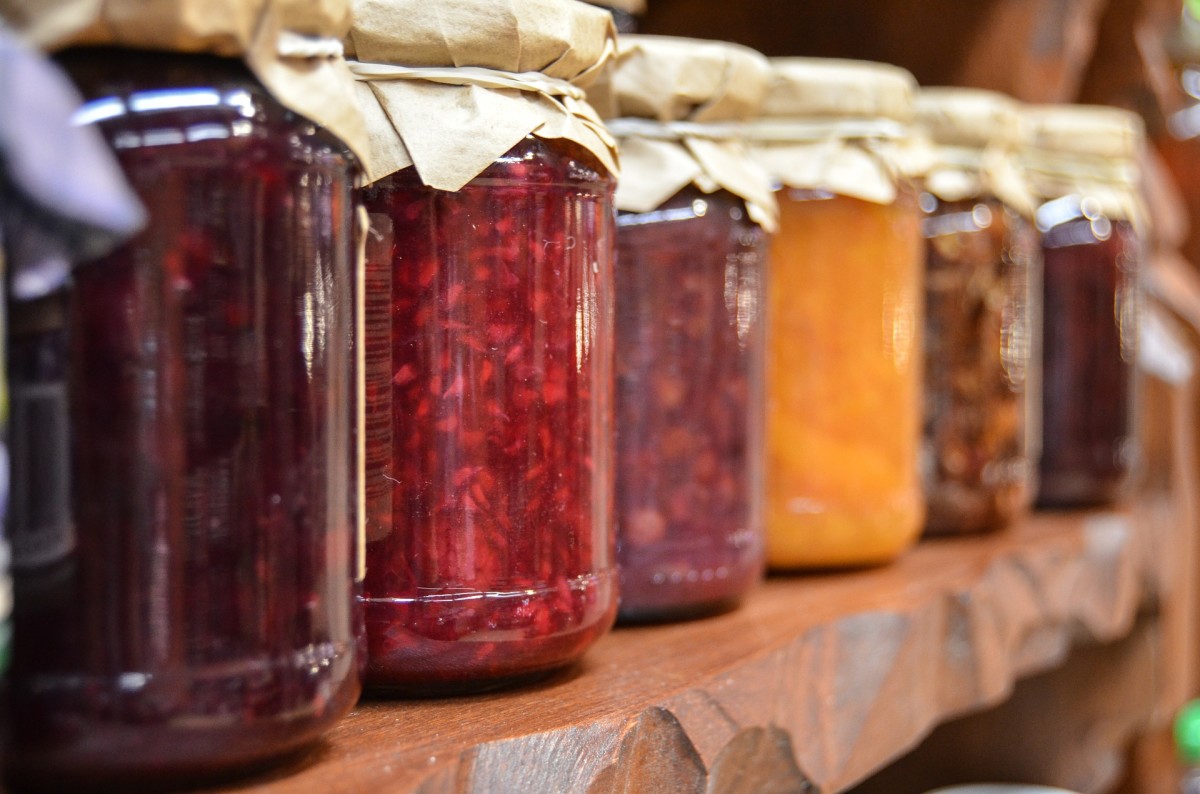History of Home Canning

History of the Canning Jar
Prior to the early 19th century, people preserved their food in ceramic crocks, using vinegar, sugar, salt, spices and lard to keep meats, vegetables and fruits from spoiling. Then, around 810, a Frenchman named Nicholas Appert discovered a way to preserve foods for up to a year by filling blown glass bottles with hot cooked foods, stopping the "jars" with hand-cut corks and a sealant of lime and skim milk, and bathing the jars in boiling water bath. Soon, the cork was replaced by a flat tin lid.
For several decades, inventors experimented with container sizes, shapes and various materials sch glass, tin, and lead. Finally, in 1858, New York tin smith, John L. Mason invented a machine that could cut threads into lids, designing a new sealing mechanism: a glass container with a thread molded into its top and a zink lid with a rubber ring to create the seal. The threaded ring maintained the seal. His invention made canning affordable and easy, and home canning spread across the nation. By the 1880's, the summer and fall canning routine had taken hold in farming and urban American families alike.
Lightening jars, which used clamped glass lids became poplar in the 1880's and lasted through the 1960s because the lack of metal reduced the risk of food contamination, and the wire clamps made lid removal much easier.
In 1915, Alexander Kerr invented the disposable, flat metal-disk, allowing the re-use of canning jars with the inexpensive disposable lids. This two-part lid system made home canner safer and is still in use today.
Canning Websites
- National Center for Home Food Preservation | How Do I? Can
Website for the National center of Food Preservation - Pick Your Own
This easy-to-use web site offers information on home canning, including "pick your own" orchards, canning recipes, instructions and more.
Evolution of the Canning Process
Begining in the 1880s, period cookbooks instructed home canners to pack pre-cooked food into heated jars, which wold then be filled with heated syrups (sugar and water) or brines (vinegar and water) and sealed quickly. Today, this process is called the open kettle method. With this method, spoilage occasionally resulted because the air trapped at the top of the jar may not have gotten hot enough to be made sterile. Canners were told to regularly inspect jars for signs of bubbling--a indication of a problem. The safest foods to can were those that were high in acidity, and so the poplarity of canning fruits, tomato products, jams, pickles and foods protected by syrups and brines took off. Low acid vegetables and meats were more prone to spoilage.
In 1896, this problem was solved when Indiana based Holcomb and Hoke came up with a pressure cooker for homeowners. This sealed canning pot created pressure, raising water temperature to 240-250 degrees, which killed all bacteria in the food and trapped air, allowing home canners to can low acidic foods and meats safely. The United States DOA determined in 1917 that pressure canning was the only safe method of canning low-acid foods, and American families facing the Great Depression began buying pressure canners in droves.
The women's movement in WW2 saw a great decline in the chore of home canning. Duel income families no longer had the time to can their own foods and buying the tin canned versions at local groceries became the norm.
Other Hubs You Might Like
- Beginner's guide to Home Canning
Canning your own produce is fun, frugal and very satisfying, but it can also be intimidating when you are first learning. I suggest learning from a friend or older family member--I learned from my grandma,... - Free or Inexpensive Ways to Find Canning Jars
With canning season upon us I am almost always in need of more canning jars. To run out to the store though and pay retail for a dozen jars is not cost efficient when my goal is to save money by canning my own... - Does Canning Your Own Food Save you Money?
I believe it does, if done the right way. As with all things, you can spend however much you want on it. If you have only a few dollars to spend on canning your own food, then that is what you will spend. It... - Save Money on Christmas Gift Giving by Making Homemade Gifts in a Jar
Christmas gift giving can be expensive and stressful. You can save money and reduce the stress of rushing around crowded stores looking for the perfect gift by giving these easy to make homemade gifts in a...









